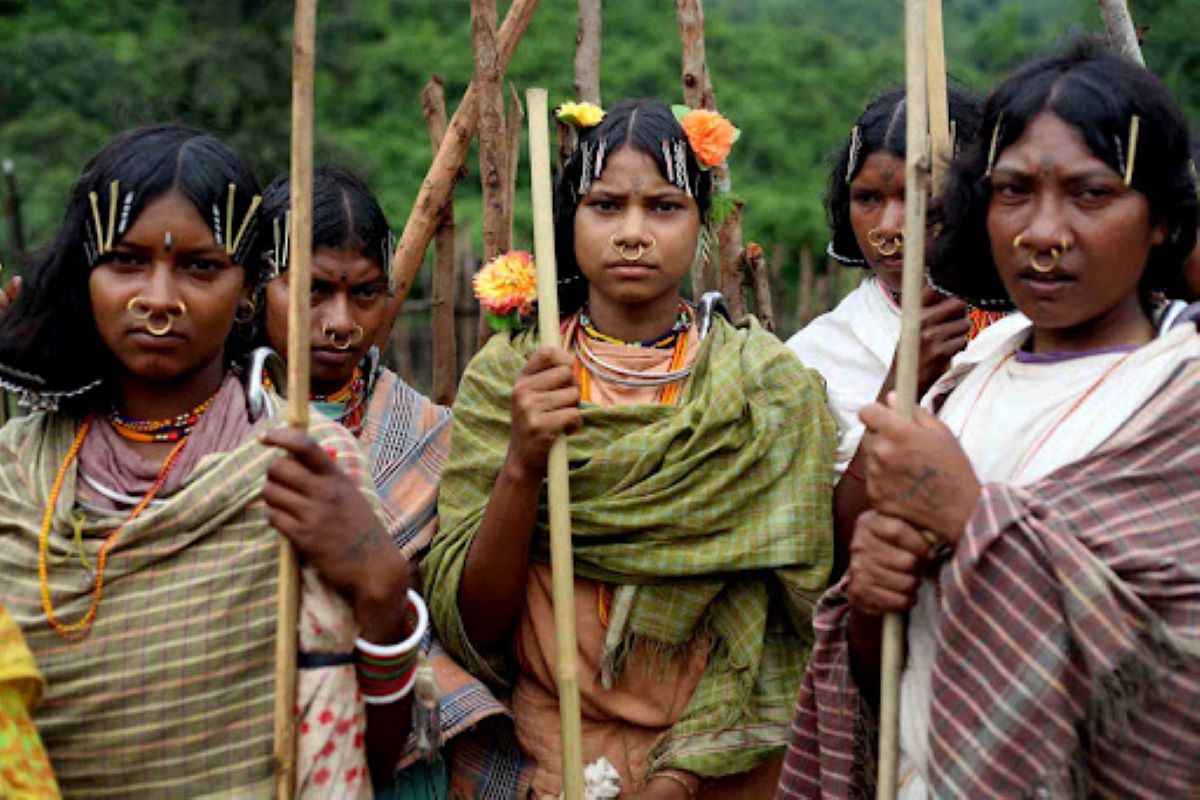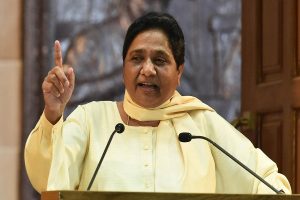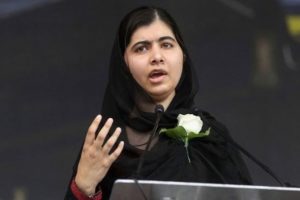The tribal community has remained in the shadows of neglect. Since independence, progress and development have hardly reached their doorsteps, when compared with the urban populace. But if we dream of building an Atmanirbhar India and reach the goal of a five trillion-dollar economy, then it is necessary to connect the tribal community to the mainstream of society and provide them with access to basic amenities such as health, housing, education, employment, and constitutional rights.
While it would not be right to say that nothing much has been done for the tribal community by the previous governments, we need to acknowledge that all that has been done has not been of substantial value. An honest acknowledgement of this fact will only open our eyes to the plight of the tribals, and the need to work towards their upliftment.
Advertisement
In retrospect, one of the most important steps taken by any government has been the decision to raise the need for tribal development as an issue worthy of requiring the creation of a separate central ministry. Other than putting India on the nuclear map of the world, we can thank Atal Bihari Vajpayee, the statesman PM, for creating a separate Ministry for Tribal Affairs during his tenure as the prime minister.
This move helped raise the status of the issues suffered by the tribals in the country. Following this, it took another decade and a half before the Modi government came into power and focused on states with an abundant tribal population. To put the tribal community on the road to progress, the Modi government has consistently increased the budget, year on year. According to the budget for the FY 2021-2022, the government has earmarked ₹7524.87 Crore, which is a whopping increase of 36.62 % over the previous year’s revised estimate of ₹5508 Crore. The government has also ensured that the budget allotted for tribal welfare and development reaches the beneficiaries.
With an increased budget, the government can easily focus on developing schemes that can benefit the tribal community. One of the most important aspects of tribal development continues to be education. While there is no denying the fact that education levels in tribal areas are not satisfactory, one of the ways the government can ensure better uptake of education among the tribals is to ensure quality education with surety of employment. Since 2014, the Modi government has married both these aspects, focusing on providing quality education and initiating skill development programmes in tribal areas by kickstarting Ekalavya residential schools.
On a similar note, few of the states have followed suit, and have come up with their own versions of tribal welfare schemes. One of the most pro-tribal welfare states of India is Madhya Pradesh. It boasts of the largest tribal demographic in the country, making up for one-fifth of the state’s population. The Madhya Pradesh government has been sensitive towards the needs of the tribals and seems to have cracked the code for tribal development through education. Having increased its state budget for tribal welfare to ₹8085.99 Crore for FY 2020-2021, it has launched a bevy of schemes like the Kanya Saksharta Protsaahan Yojana, CM Awas Sahayata Yojana, Vimukt Jati Hostel Yojana. This has provided tribal students with facilities like housing, food, and scholarships, and most importantly, a chance to create a future of their choice and become self-reliant.
Besides education, health has also been a critical factor in ensuring the upliftment of the tribal community. There are a host of diseases, which can be easily prevented to ensure good health among tribals. Madhya Pradesh has set a radical example in combating the threat of anaemia by launching the Sickle Cell Anemia Mission from 15th November 2021, under which, the beneficiaries from the tribal communities will receive free treatment for the disease.
Madhya Pradesh is leaving no stone unturned in the welfare of the tribals. Over the years, the incumbent Shivraj Government has closely worked with the tribal leaders to create inclusive tribal welfare policies, while improving its on-ground implementation. The issue of tribal development has taken a front seat in the current government’s agenda. Besides triggering grassroots welfare, these decisions have helped highlight scores of tribal heroes like Birsa Munda, Tantya Mama, Rani Durgavati, Badal Bhoi, Khajya Nayak, Shankar Shah, Raghunath Shah, Bhima Nayak, Ganjan Singh Korku, and many others.
Recently, the Modi government made a welcome decision to celebrate 15 November as ‘Janjatiya Gaurav Diwas.’ This is to celebrate the birth of Bhagwan Birsa Munda, and acknowledge the contribution of tribals. On a similar note, the Madhya Pradesh government is gearing up to celebrate Balidan Diwas on 4 December to honour the sacrifice of Tantya Mama. He was the embodiment of people’s struggle against exploitation. He was known as the Indian Robinhood, who looted grains from the exploitative British and gave it to the poor people. To promote Tantya Mama’s ideal of tribal welfare, the Madhya Pradesh government also launched the ‘Mukhyamantri Ration Aapke Gram Yojana’ in October 2021, to provide free ration to tribal families. Overall, the scheme will benefit more than 23 lakh tribal families living in 7,511 villages of 89 tribal development blocks in 16 tribal dominated districts of Madhya Pradesh.
Even after so many decades of independence, the road to tribal welfare has taken so long to build because no previous government could hit the trifecta of a strong political will, efficient implementation, and engaging Jan Bhagidaari. But with the new dispensation, this journey of mainstreaming the tribal community does not seem like a pipedream but a reality within our reach.











